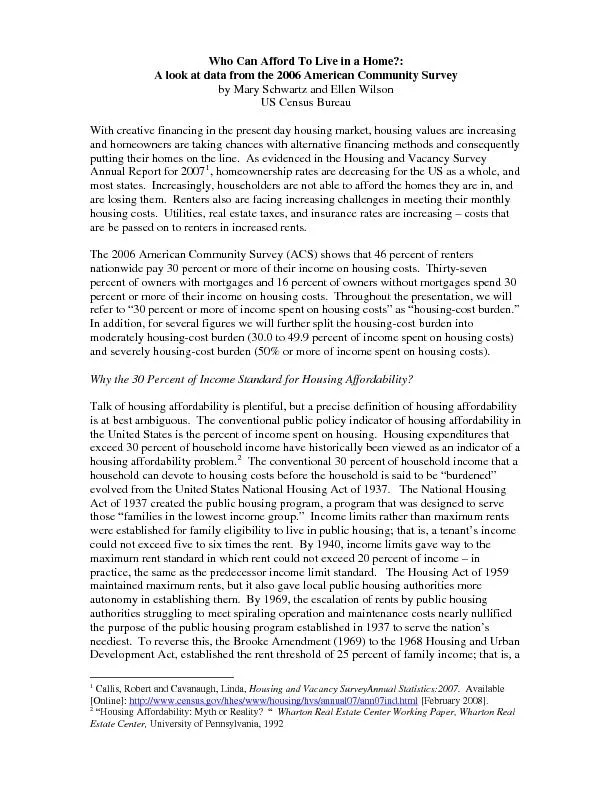PDF-A look at data from the by Mary Schwartz and Ellen Wilson With creativ
Author : faustina-dinatale | Published Date : 2016-05-17
Callis Robert and Cavanaugh Linda Housing and Vacancy SurveyAnnual Statistics2007 Available xMCIxD 18xMCIxD 182 147Housing Affordability Myth or Reality 147 Wharton
Presentation Embed Code
Download Presentation
Download Presentation The PPT/PDF document "A look at data from the by Mary Schwartz..." is the property of its rightful owner. Permission is granted to download and print the materials on this website for personal, non-commercial use only, and to display it on your personal computer provided you do not modify the materials and that you retain all copyright notices contained in the materials. By downloading content from our website, you accept the terms of this agreement.
A look at data from the by Mary Schwartz and Ellen Wilson With creativ: Transcript
Download Rules Of Document
"A look at data from the by Mary Schwartz and Ellen Wilson With creativ"The content belongs to its owner. You may download and print it for personal use, without modification, and keep all copyright notices. By downloading, you agree to these terms.
Related Documents














